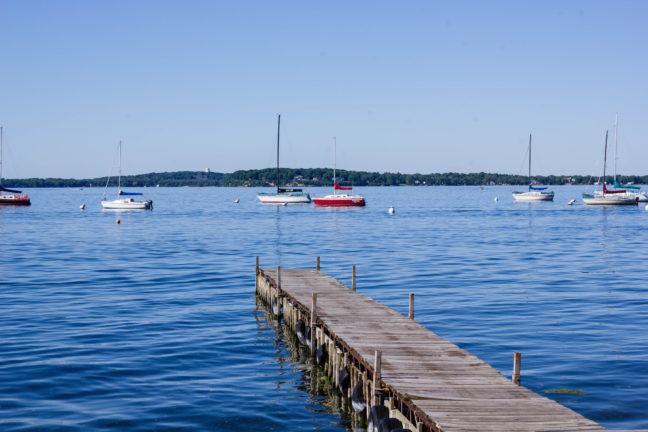University of Wisconsin Associate professor of Civil and Environmental Engineering Christy Remucal presented her research findings about the fate of pesticides in lakes Sept. 13. Remucal leads the Aquatic Chemistry group, which is made up of UW students currently studying Eurasian watermilfoil.
Eurasian watermilfoil are an invasive species that harm the habitat and native species, Remucal said. It’s an invasive aquatic plant that forms thick vegetation mats in the water, decreasing sunlight penetration, harming the wildlife below. It can also decrease property values because it can grow too thick for boats or swimming.
According to Remucal, pulling the plants, introducing milfoil weevils — which are bugs that eat the plant — and using aquatic herbicides are three treatment strategies.
Fruit flies provide insight into effects of diet on fertility
Remucal’s work focuses on the effects of aquatic herbicides, specifically florpyrauxifen-benzyl and its life in water. Most chemicals are added to the environment at unknown rates and low concentrations, making it difficult to analyze their effects, Remucal said.
Remucal and her students have studied FPB in five different lakes in Wisconsin, including Kettle Moraine, Lilly, Muskellunge, South Twin and Silver Lake. After applying the chemical, they took samples and measured the amount of chemical left in the water to make sure it was lasting for its specific exposure time.
FPB has a six to 24-hour exposure time, whereas other chemicals Remucal’s team have studied had an exposure time of 60 or more days. From there, they studied what was biodegrading the chemical and where the products were collected by looking at the compound’s half-life. This data is important for understanding how effective the chemical can be and at what concentrations or length of time it should be used, Remucal said.
COVID-19 resurgence: How to protect from, prevent spread of virus
Lab experiments and simulated results showed most of the chemical reacted with water in a process called hydrolysis. Chemical dispersion also contributed to biodegradation, a process where the microbes in the sediment attach to the chemical, Remucal said. Other plants in the lakes absorbed FPB, turning it into a harmless bioactive product.
Remucal said photodegradation, or the process of sunlight breaking down the chemical, contributed to 4% of chemical breakdown. While it seems like a miniscule amount she said this finding was especially notable.
“We do a lot of photochemistry and this was the first time we’d ever found a photo product in the field that we could say, ‘this was from photodegradation,” Remucal said.


















